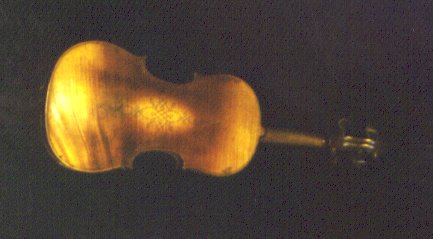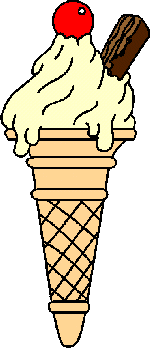Completed Technologies
Today, let's talk about complete technologies. The University of Houston's College of Engineering presents this series about the machines that make our civilization run, and the people whose ingenuity created them.
Some years ago, I heard the great baroque violinist Reinhard Goebel playing music by Heinrich Biber. Painted inside the lid of the accompanying harpsichord was the oddest motto. It said: Scientia non habet inimicum nisi ignorantiam -- Knowledge has no enemy other than ignorance. That thought struck me as both puzzling and circular.
In any case, baroque violins don't really differ that much from modern ones. The fine Amatis and Strads all had this form until about 1800. Then their necks were lengthened -- their gut strings replaced with metal. Their bridges were arched, and players began using different bows. Ostensibly, they became the powerful modern instruments we all know. But there's a catch.
Change hardly touched the form of the instrument, only how it was played. Modern violins are forceful and declamatory in comparison with their baroque ancestors. Baroque playing produces a gentler tone with almost no vibrato. Nuanced bowing gives it a sort of swelling-fading sound, very free-flowing and expressive.
The instruments themselves are practically the same. Some new technologies improve old technologies; others replace them. But the violin was neither improved nor replaced. Players simply found a new way to use it. So much technology is like that.
All my life, I've wanted to replicate the taste of the homemade ice cream my great-aunt used to make for me. Ice-cream makers advertise that homemade taste, but they don't duplicate it. Today's ice cream doesn't improve my great-aunt's technology. It simply replaces it with ice cream that's available to all.
DC-3 airplanes can still be found serving people who need small transport planes to get in and out of short landing strips and make short hops. Today's airplanes don't often have to serve those functions; but when they do, the DC-3, from 1936, still works.
Later buildings didn't improve on Chartres Cathedral or replace it. TV didn't replace or improve upon radio. We take up new technologies for many reasons -- only occasionally to improve existing ones. Technologies that survive, and claim their place in our lives and legends, usually do so in perpetuity. Many functions of the book have been picked up by the Internet, but the book we know has been around for 2200 years, and it's not about to go away.
The baroque violin, my great-aunt's ice cream, the book, the DC-3, silverware, beds, analog clock-faces, door-hinges, the familiar paper clip, and the snap mousetrap are all things we finally got right. When we did, they stopped changing. Beethoven didn't replace baroque music; he only supplemented it.
And I'm back to that strange inscription on the harpsichord -- "The only enemy of knowledge is ignorance." The baroque violin is one more technology representing knowledge that'll stand up to any rational challenge. The only attack that can harm such permanence is ignorance -- it can still be (and sometimes is) forgotten.
I'm John Lienhard, at the University of Houston, where we're interested in the way inventive minds work.
(Theme music)
For more on the change from baroque to modern violins see the New Grove Dictionary of Music and Musicians. Vol. 19, (Stanley Sadie, ed.). London: MacMillan Publishers Ltd., 1980.
This is a greatly modified version of Episode 104.

This baroque violin reveals its age in its short neck and in the unusual inlaid pattern on the back
Photo by John Lienhard

